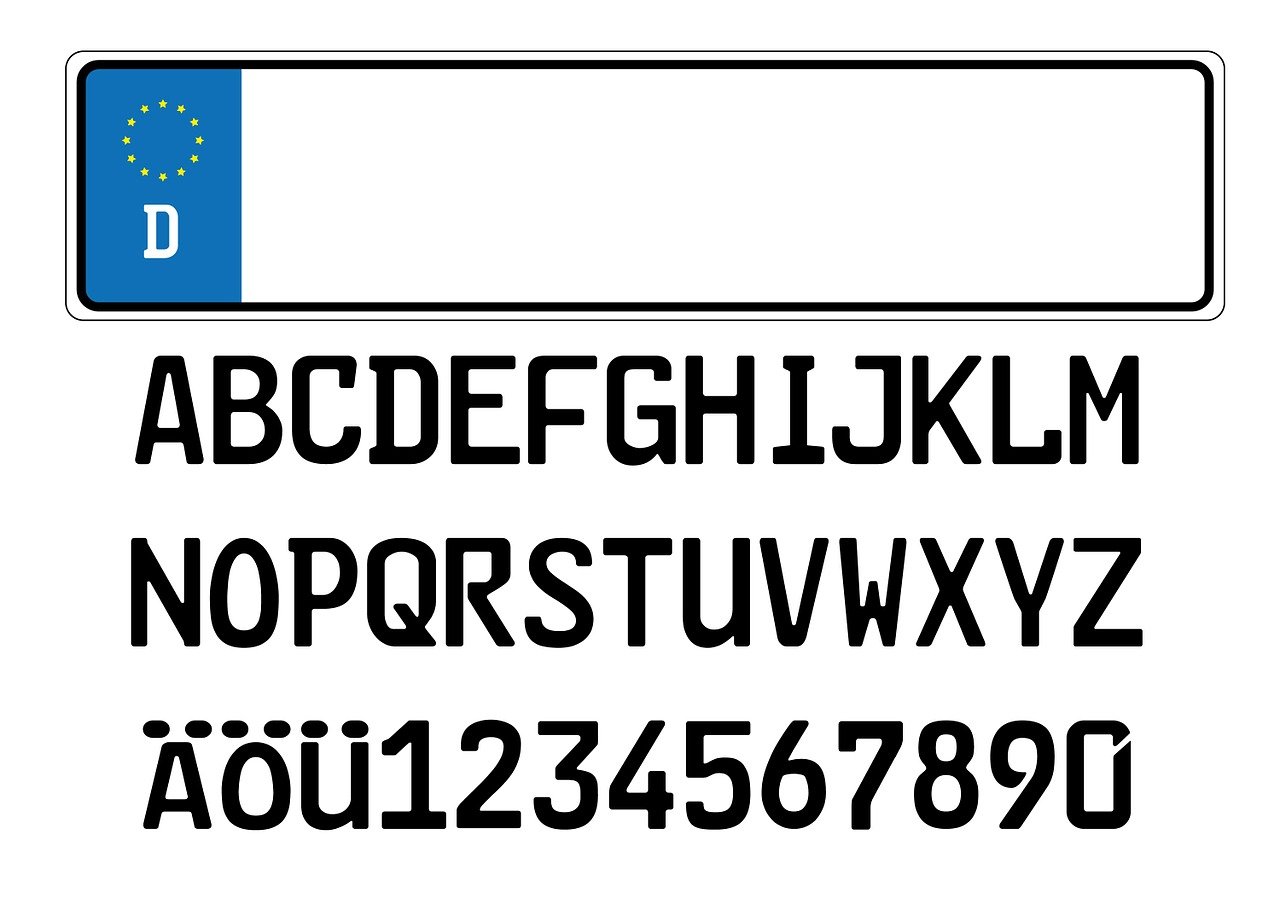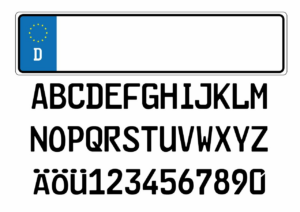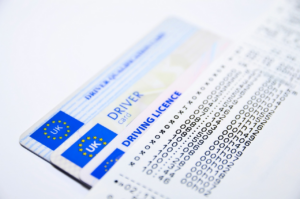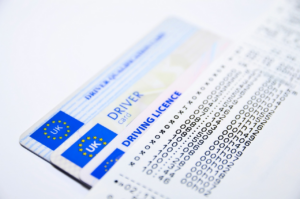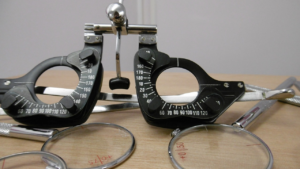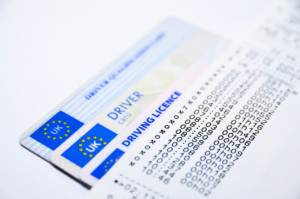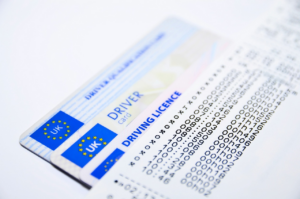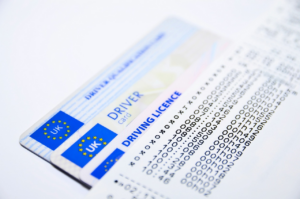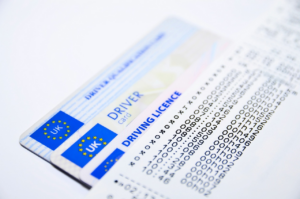If you want to obtain a driver’s license in the United States, you’ll need to bring a variety of documents with you to the DMV. The specific documents required can vary depending on the state in which you’re applying for your license, but there are some general requirements that apply across the board. Knowing what to bring can save you time and frustration, so it’s important to do your research ahead of time.
The most important documents you’ll need to bring are those that prove your identity. This can include your birth certificate, passport, or permanent resident card. You’ll also need to provide proof of insurance, as well as any documentation that proves you’ve completed a driver’s education course.
In addition, you’ll need to pass a vision test and pay the necessary fees. Making sure you have all the necessary documents in order and making an appointment with the DMV can help ensure a smooth and efficient application process.
State-Specific Requirements
Make sure to check the specific requirements for your state so you don’t miss any important details. Each state has its own set of rules and regulations when it comes to applying for a driver’s license.
Some states may require you to bring additional documents while others may have different age requirements or testing procedures. It’s important to do your research and find out exactly what your state requires before you apply for a license.
For example, some states may require you to provide proof of residency, such as a utility bill or lease agreement, while others may require a social security number or a birth certificate. Additionally, some states may require you to take a written or driving test before you can obtain a license.
By knowing the specific requirements for your state, you can ensure that you have all the necessary documents and are prepared for any tests or exams that may be required.
Proof of Identity
The first step towards obtaining your driver’s license in the United States requires providing proof of your identity. The application process requires you to submit a variety of documents that validate your identity, such as your birth certificate, passport, or permanent resident card. These documents are crucial because they help prevent identity fraud and ensure that you’re legally eligible to obtain a driver’s license.
In addition to the primary identification documents, you may also be required to bring secondary identification documents, such as a social security card, utility bills, or a bank statement. These documents are used to verify your address and residency. It’s important to note that each state may have different requirements for proof of identity and residency, so it’s best to check with your local Department of Motor Vehicles (DMV) to make sure you bring the correct documents with you when applying for your driver’s license.
Proof of Insurance
When it comes to obtaining your US driving license, it’s important to understand the minimum insurance requirements. Bringing proof of insurance coverage is crucial in the application process.
As a driver, you should be aware of the type and amount of coverage required to legally operate a vehicle in the state you reside in.
Understand the Minimum Insurance Requirements
Understanding the minimum insurance requirements is crucial when applying for a driver’s license in the United States. It’s important to note that each state has its own specific requirements for minimum insurance coverage. However, most states require drivers to have liability insurance, which covers damages and injuries to other people and their property in the event of an accident that’s the driver’s fault.
When applying for a driver’s license, you’ll need to provide proof of insurance that meets the minimum requirements of the state where you reside. It’s important to review your insurance policy before submitting it to ensure that it meets these requirements. Failure to provide proof of insurance that meets the minimum requirements could result in your application being denied.
Therefore, it’s crucial to understand the minimum insurance requirements and make sure that your policy meets them before applying for a driver’s license in the United States.
Bring Proof of Insurance Coverage
To ensure your successful application, it’s necessary to provide proof of coverage that meets the minimum insurance requirements of your state.
When you visit the DMV to apply for your driver’s license, make sure to bring the following documents to show proof of insurance coverage:
- An insurance ID card issued by your insurance company
- An insurance binder or copy of your insurance policy
- A letter from your insurance company that verifies your coverage
- A certificate of self-insurance, if you’re self-insured
- A certificate of deposit, if you’ve made a deposit with the state in lieu of insurance
It’s important to note that the required documents may vary depending on the state you live in. Some states may only require one or two of the above documents, while others may require additional documentation.
It’s best to check with your state’s DMV website or call ahead to confirm which documents you’ll need to bring with you. By being prepared and bringing the necessary documents, you can save yourself time and avoid any potential issues during the application process.
Driver’s Education Completion
To obtain a US driving license, you need to complete a state-approved driver’s education course and provide proof of course completion. This is a crucial step in the licensing process and ensures that you have the necessary knowledge and skills to operate a vehicle safely.
Be sure to bring all necessary documentation to your licensing appointment to avoid any delays in the application process.
Complete a State-Approved Driver’s Education Course
Ready to hit the road? Complete a state-approved driver’s ed course to get started on your journey towards a driver’s license.
This course is designed to teach you the basics of driving, such as traffic laws, road signs, and safe driving practices. It also provides hands-on training that allows you to practice driving in a safe environment under the guidance of a professional instructor.
To complete a state-approved driver’s ed course, you’ll need to research and choose a program that’s recognized by your state’s DMV. You can typically find a list of approved courses on the DMV website or by contacting them directly.
Once you’ve chosen a program, you’ll need to complete the required coursework and pass any exams or driving tests that are included. Once you’ve successfully completed the course, you’ll receive a certificate of completion that you can use to prove that you’ve fulfilled this requirement for obtaining a driver’s license.
Bring Proof of Course Completion
Once you’ve successfully completed a state-approved driver’s ed course, make sure to carry your certificate of completion with you at all times as proof of your commitment to safe driving practices.
The certificate serves as evidence that you’ve completed the mandatory training required for obtaining a driver’s license in the United States. This document is essential for proving to the Department of Motor Vehicles (DMV) that you’re qualified to operate a vehicle on the roads.
The DMV will ask for proof of course completion before processing your application for a driver’s license. Without this document, you may not be able to take the driving test, and your application could be rejected.
Therefore, it’s crucial to keep your certificate of completion safe and secure until you receive your license. Remember, carrying your certificate with you isn’t only a legal requirement, but it’s also a practical way to demonstrate your commitment to safe driving practices.
Vision Test Results
If your eyesight doesn’t meet the requirements, you won’t be able to obtain a license. The DMV will require you to take a vision test to ensure that you have adequate vision to safely operate a vehicle.
Here are four things to keep in mind when it comes to the vision test:
- You may be asked to read letters off of an eye chart from a distance.
- If you wear glasses or contacts, make sure you bring them with you to the test.
- If you fail the vision test, you may need to visit an eye doctor and get a prescription for glasses or contacts before you can retake the test.
- If you have a medical condition that affects your vision, you may need to bring documentation from your doctor that explains your condition and how it affects your ability to drive.
It’s important to take the vision test seriously and make sure that you have adequate vision to drive safely. If you have any concerns about your ability to pass the test, it may be a good idea to visit an eye doctor beforehand to get an exam and make sure that your eyesight is up to par.
Payment for Fees
Before obtaining a driver’s license, it’s essential to consider the payment for fees as a crucial step in the process.
The fees for a driver’s license vary by state, but they typically include a fee for the application, a fee for the written test, and a fee for the road test. You may also be required to pay additional fees for a new license, a renewal, or a change of address.
When you apply for a driver’s license, you should be prepared to pay all of the required fees at the time of application. It’s important to note that most states only accept cash, check, or money order for payment of fees. Credit cards are not typically accepted.
Be sure to bring enough money to cover the fees, as you may be turned away if you cannot pay in full. Once you have paid the required fees, you will be given a receipt and your application will be processed.
Appointment Confirmation
Now that you’ve completed the payment for fees, it’s time to confirm your appointment and prepare for the next step in obtaining your driver’s license.
You should receive an appointment confirmation via email or mail, depending on the state you’re in. Make sure to check your spam folder if you don’t see it in your inbox.
When you receive the appointment confirmation, double-check the date, time, and location of your appointment. You don’t want to miss it or arrive late, as this can delay the processing of your application.
It’s also a good idea to bring a copy of the confirmation with you to your appointment, just in case there are any issues with the system.
With your appointment confirmed, you’re one step closer to getting your driver’s license!
Additional Requirements
Let’s dive into the additional requirements needed to make sure you’re fully prepared for your appointment and on track to obtaining your driver’s license. Besides the appointment confirmation, you’ll need to bring a few more documents with you.
First and foremost, you’ll need to provide proof of identity, such as a passport or birth certificate. Additionally, you’ll need to bring proof of residency, such as a utility bill or lease agreement.
Another important document to bring is your Social Security card or proof of your Social Security number. It’s also a good idea to bring your current driver’s license if you have one, even if it’s from another state or country.
Lastly, be sure to bring payment for the application fee and any other related fees. By bringing all of these documents, you’ll ensure a smooth and efficient application process.
Frequently Asked Questions
How long does it typically take to process a US driving license application?
When applying for a US driver’s license, one of the most common questions is how long it typically takes to process the application.
The answer varies depending on the state and the specific circumstances of the applicant.
In general, however, it can take anywhere from a few days to several weeks to receive your license in the mail.
Factors that can impact the processing time include the number of applications being processed, the completeness of your application, and any additional requirements or tests that may be necessary.
It’s always a good idea to check with your local DMV for specific information on processing times and any other requirements you may need to meet.
Can I apply for a US driving license if I am not a US citizen?
To apply for a US driving license, you don’t necessarily have to be a citizen. However, requirements vary depending on the state you reside in.
Generally, you’ll need to provide proof of identity, such as a passport or permanent resident card, proof of residency, and proof of legal presence in the US, such as a visa or employment authorization document. Some states may also require a Social Security number and/or completion of a driver education course.
It’s important to research the specific requirements in your state before applying for a driving license. Once you’ve gathered the necessary documents, you can begin the application process and take the required tests.
Do I need to bring my passport as proof of identity or are there other acceptable forms of identification?
To apply for a US driving license, you need to prove your identity, residency, and legal presence in the country. Your passport is one of the acceptable forms of identification, but it’s not the only one.
You can also bring your birth certificate, Permanent Resident Card, Employment Authorization Document, or social security card. Make sure that the documents you bring are original copies or certified copies, and not expired.
In addition to the identification documents, you may also need to provide proof of your residency in the state where you’re applying for the license, such as a utility bill or lease agreement. Check with your local DMV office to find out the specific requirements and fees for your state.
With the right documents and preparation, you can successfully apply for a US driving license, no matter your citizenship status.
What is the minimum age requirement for applying for a US driving license?
To apply for a US driver’s license, you need to meet a few requirements. One of the most important is the minimum age requirement. Generally, you need to be at least 16 years old to apply for a driver’s license in the US, though the specific age may vary by state.
In addition to meeting the age requirement, you’ll need to bring specific documents to the DMV when you apply. These documents typically include proof of identity, such as a passport or birth certificate, proof of residency, and proof of insurance. Be sure to check with your state’s DMV for a complete list of required documents before you go to apply.
Are there any medical conditions that would disqualify me from obtaining a US driving license?
If you have a medical condition, it may impact your ability to obtain a US driving license. Certain medical conditions can disqualify you from driving, such as severe vision impairments, epilepsy, and some heart conditions.
It’s important to check with your doctor and the Department of Motor Vehicles in your state to see if your condition will prevent you from obtaining a license. Additionally, some states may require a medical examination or a doctor’s certification before issuing a license.
It’s best to be upfront and honest about any medical conditions to ensure the safety of yourself and others on the road.
Conclusion
Congratulations on taking the first step towards obtaining your US driving license! By now, you should have a good understanding of the documents you need to bring for your application. Remember to check with your state’s Department of Motor Vehicles (DMV) for any specific requirements.
To recap, you’ll need to bring proof of identity, proof of insurance, completion of driver’s education (if required), vision test results, payment for fees, and appointment confirmation. It’s important to ensure that all documents are current and valid, as outdated documents may lead to delays in your application process.
Once you have all the required documents, you’re well on your way to becoming a licensed driver in the US.
Remember to always prioritize safety while driving and follow all traffic laws. Happy driving!


